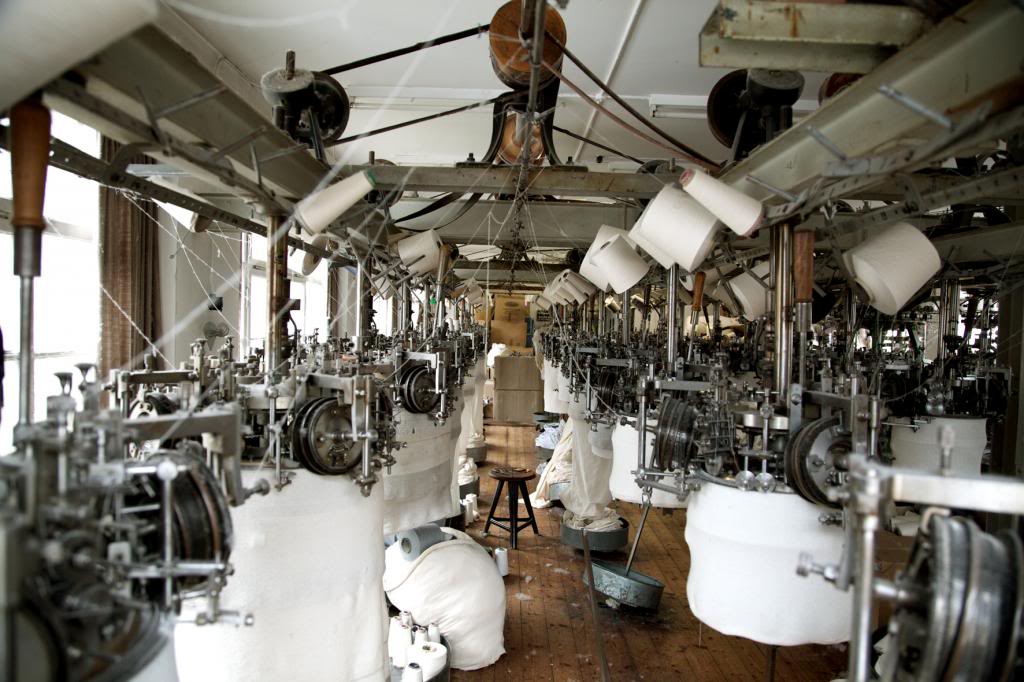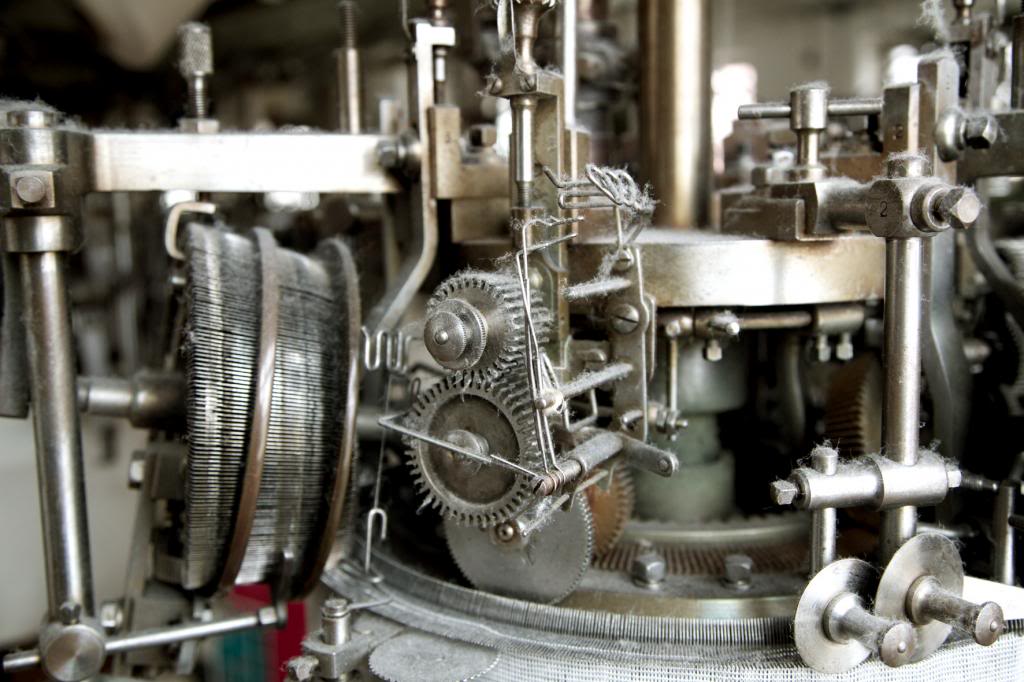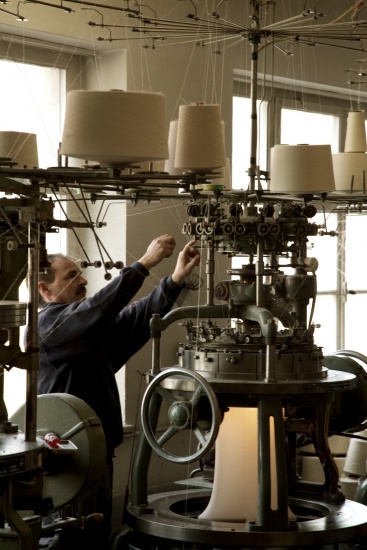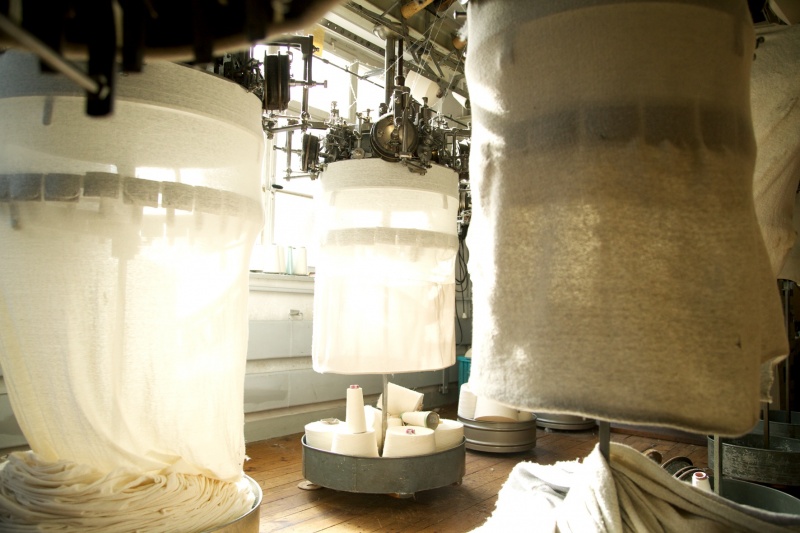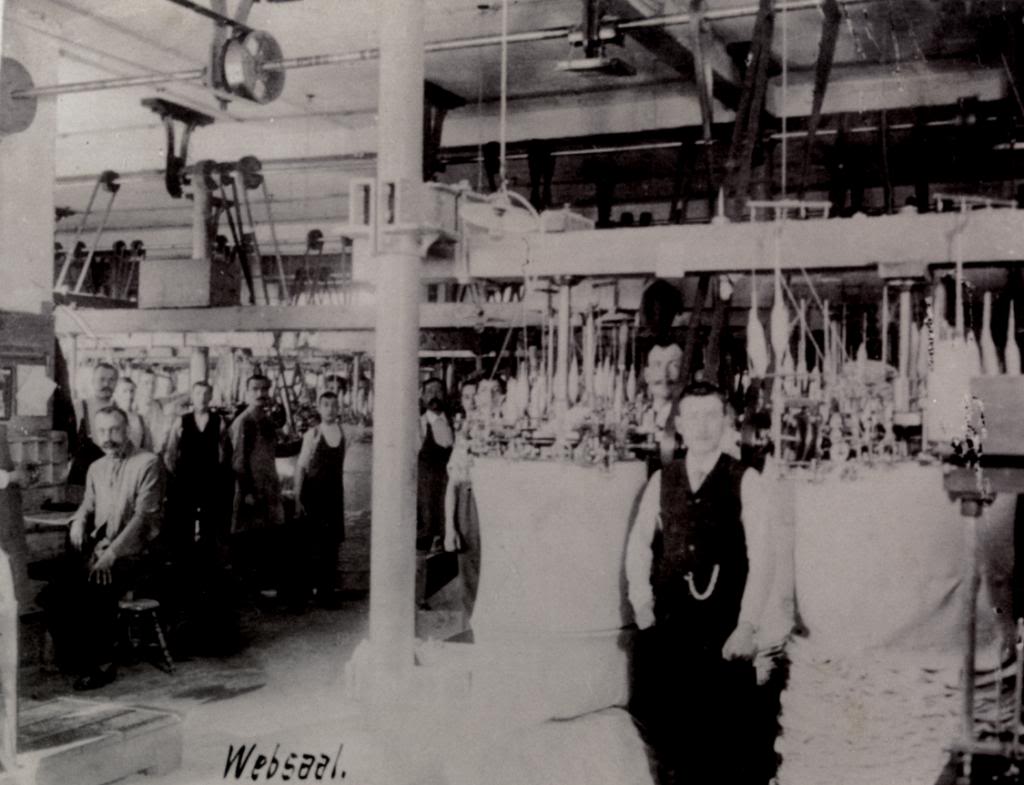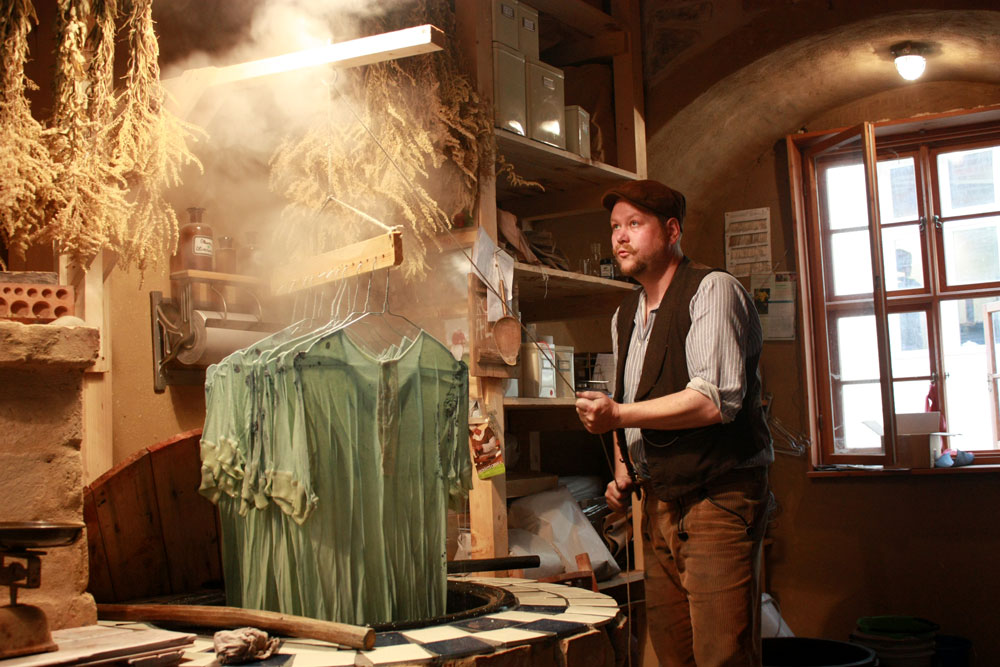Peter Plotnicki is one of those lucky souls who has taken a passion and turned it into a career. Always an avid collector of vintage items, Peter has taken over a vintage company, Merz b. Schwanen, and turned it into a thriving enterprise.
David Isle: What are the differences between the vintage pieces and today's Merz shirts?
Peter Plotnicki: The first difference is the patterns. We started at the beginning much closer to the vintage pieces. The patterns were not very well shaped. The second difference is we have brand labels inside our shirts, whereas vintage shirts had only labels to indicate the materials.
DI: What might make you decide on a cotton/polyester or cotton/viscose mix for a shirt as opposed to pure cotton?
PP: One of the original vintage shirts was made out of a fabric of amazing quality. It had a great soft feel.
We found out the composition and it was 67% cotton and 33% Viscose. The shirt was from between 1910 and 1920.
They called it Maco Imit which means that they imitated the Maco or Egyptian long staple cotton, which has the same softness but is more expensive.
We reproduced this yarn because of the history and our appreciation of this fabric.
DI: What function does the triangle insert on the sleeves of the shirts serve?
PP: The patterns in the past were much different than today.
The aim was to use as little fabric as possible. The sleeve pattern was a rectangle and the triangle insert gave the extra width at the upper arm.
The fitting wasn't good but in that time it wasn't so important.
Our sleeve pattern is modern but we like the triangle idea very much and we want to honor our archetypes.
DI: What has been your main interaction with vintage clothing? Have you spent a lot of time in thrift stores and vintage shops? What's your favorite item that you've ever found?
PP: I love to go to vintage shops and flea markets. My favorite items are of course a nearly hundred years old Merz b. Schwanen button facing shirt, a German coachman leather jacket from the thirties and a Lewis from the middle of the fifties.
DI: Does circular knitting allow less, just as much, or more, shaping in the body compared to a shirt that's sewn together?
PP: You can shape as much as you like using either technique. I feel more comfortable in a seamless shirt and it's the authentic way of production.
But the production is much more complicated. I think that's the biggest reason that nowadays nearly every shirt has a side seam.
DI: Are there many differences between German clothing style and clothing manufacturing compared to say, Italian or British? How would you say that Merz b. Schwanen fits into that?
PP: Regarding the style I think the Germans are more conservative. The Italian and British are much more into fashion; for them personal style more important compared to the German.
Our customers are really diverse. We have the authentic and more denim people, and we have also the street fashion styled customers. Both are wearing Merz more as a shirt and less as underwear.
But we also have some more classic orientated customers which are wearing Merz as underwear.
